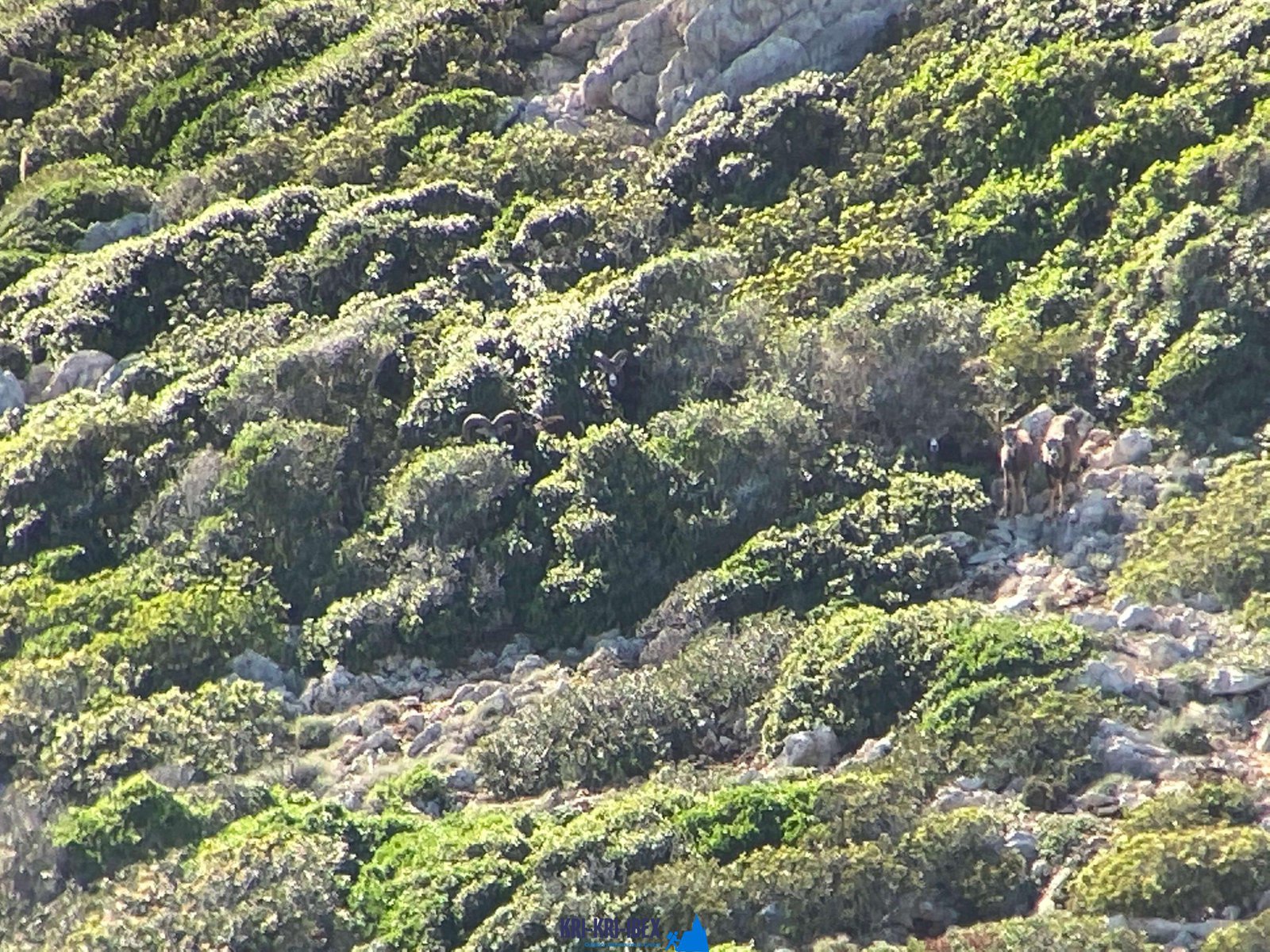Appreciate the most effective outside experience of your life! Kri Kri ibex hunt in Greece!
Appreciate the most effective outside experience of your life! Kri Kri ibex hunt in Greece!
Blog Article

The ibex quest is an extraordinary vacation and also exciting hunting exploration in Greece. It is not always a tough quest as well as undesirable problems for a lot of seekers. What else would you such as to desire for during your trip of old Greece, diving to shipwrecks, as well as searching for Kri Kri ibex on an unique island for 5 days?

Since it is not established, the number of Ibexes fluctuates with the population. The Ibexes of the Cretan Ibex breed Kri-Kri is the tiniest ibex in terms of body weight, however not horn length (Capra Aegagrus Cretica). A few samplings that went uncounted determined 115 centimeters (45 inches). The gold prize is 61 cm (24 inches) long. The Kri-Kri ibex is pursued in Greece right now. Hunting is offered on Atalanti and Sapientza. Hunting is allowed on Atalanti from the recently of October to the initial week of December. Searching is permitted on Sapientza for the entire month of November, depending on climate condition.
On our Peloponnese tours, you'll reach experience all that this amazing region has to use. We'll take you on a trip of a few of one of the most gorgeous and also historic sites in all of Greece, including old damages, castles, as well as extra. You'll also get to experience a few of the standard Greek society direct by appreciating several of the tasty food and wine that the region is recognized for. As well as certainly, no trip to Peloponnese would certainly be total without a dip in the sparkling Mediterranean Sea! Whether you're a seasoned seeker looking for a new journey or a novice tourist simply looking to check out Greece's sensational landscape, our Peloponnese trips are best for you. What are you waiting for? Book your journey today!
If you're trying to find a genuine Greek experience, then look no further than our exterior hunting in Greece with angling, as well as totally free diving tours of Peloponnese. This is an unforgettable means to see everything that this remarkable region has to use. Reserve your scenic tour today!
What is the diference between Kri Kri ibex, Bezoar ibex and hybrid ibex
The kri-kri is not thought to be indigenous to Crete, most likely having been imported to the island during the time of the Minoan civilization. Nevertheless, it is found nowhere else and is therefore endemic to Crete. It was common throughout the Aegean but the peaks of the 8,000 ft (2,400 m) White Mountains of Western Crete are their last strongholds–particularly a series of almost vertical 3,000 ft (900 m) cliffs called ‘the Untrodden’—at the head of the Samaria Gorge. This mountain range, which hosts another 14 endemic animal species, is protected as a UNESCO Biosphere Reserve. In total, their range extends to the White Mountains, the Samaria National Forest and the islets of Dia, Thodorou, and Agii Pandes.
This Ibex is NOT a diminutive form of the Bezoar Ibex, which has migrated into the western-most reach of the range of this species. The kri – kri (Capra aegagrus cretica), sometimes called the Cretan goat, Agrimi, or Cretan Ibex, is a feral goat inhabiting the Eastern Mediterranean, previously considered a subspecies of wild goat. The kri-kri has a light brownish coat with a darker band around its neck. It has two horns that sweep back from the head. In the wild they are shy and avoid tourists, resting during the day. The animal can leap some distance or climb seemingly sheer cliffs.
“The agrimi goat Capra aegagrus cretica is unique to Crete and its offshore islands. It has been identi®ed as a sub-species of the wild bezoar goat Capra aegagrus aegagrus Erxleben, 1777, which it closely resembles in horn shape, body form and coloration. This classi®cation has been disputed by some researchers who claim that the agrimi are feral goats, derived from early domestic stock brought to the island by the ®rst Neolithic settlers. In order to clarify this issue, DNA analyses (cytochrome b and D loop sequences) were carried out on tissue of live and skeletonized agrimi and compared to sequences of wild and domestic caprines. Results conclusively show the agrimi to be a feral animal, that clades with domestic goats (Capra hircus) rather than with wild Asiatic bezoar. This study demonstrates that morphometric criteria do not necessarily re¯ect genetic af®nities, and that the taxonomic classi®cation of agrimi should be revised.”
Report this page